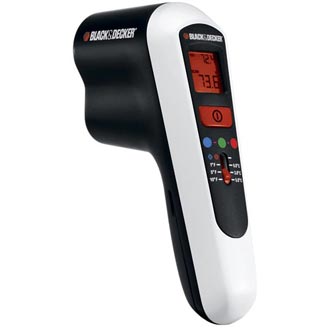thenovice
Field Bee
- Joined
- Apr 29, 2014
- Messages
- 533
- Reaction score
- 1
- Location
- Canterbury
- Hive Type
- 14x12
- Number of Hives
- Aim for 4 but tend to end with 15
No
I paint it...
no it is not waterproof or no it does not suck up water?

No
I paint it...
... does it suck up water and does it loose its insulating properties when exposed to rain?
But I have been so long in this forum, and I have seen your hive pictures, your summer nursing does not get applauses from me. You over ventilate your hives in summer and in spring and that is why their build up is poor.
Will it be effective being a loose fit?
Providing you seal all joints inside and out side and it has no top vent or holes
and the looseness isnt ridulous ... Its like a bell jar or a hive with very enthusiastic with the propolis bees.
10mm on the inside dimensions compared to the hive (crownboard but not roof) outside dimensions is good.
I have three, made with Recticel. They have been on a month or so. The component parts are joined with grab glue and barbecue sticks.The joints are first sealed with silicone then taped on the outside with aluminium foil. They sit on a square of 50mm Recticel on top of the crown board. I have taken no other weatherproofing precautions. Time will tell, I guess.
This is an interesting thread on Beesource.
Bees Only Heat the Cluster, Not the Hive.
http://www.beesource.com/forums/showthread.php?304642-Bees-Only-Heat-the-Cluster-Not-the-Hive
This is an interesting thread on Beesource.
Bees Only Heat the Cluster, Not the Hive.
http://www.beesource.com/forums/showthread.php?304642-Bees-Only-Heat-the-Cluster-Not-the-Hive

.
Heat leaks
I measured 2 years ago the heat leaks of differently insulated hives.
Types were
- 3 cm wood
- 2 cm polystyrene (Nacka)
- 4 cm polystyre with thin hand holes. (Paradise)
- heat under the insulation on inner cover ( 9 mm wood + 7 cm foam plastic matress)
It was amazing how high was the outside temperature of the boxes.
It varies too, where the cluster was situated. Near the cluster wall radiates more heat outside than opposite wall. Often the cluster starts wintering against the front wall and moves back during winter.
The temperature of inner cover was too in the center 25C, 18C and in the corner 14C.
So, the cluster does not heat only the air but it heats the box walls too, and the wall radiates the heat out. The surface temperature of walls were allways higher than in "dead hives".,
The difference between 2 cm and 4 cm polystyrene was clearly big.
Absolutely right Finman ....
Bill Bielby ... In 1972 ... Home Honey Production Page 44 "You can never have too much insulation" and "The most successful way to overwinter hives is to make them as draught proof as possible". Takes a while to catch on doesn't it ?

Has anyone overwintered a colony in a poly nuc, and did you use an eke to put insulation in. Was wondering with it just having a clear film crown
view. What worked well as the roof seems thinner than the side walls?
You lot with Paynes hives.......are you putting extra insulation on top?
I thought I might just strap a square of 50mm PIR on top of the roof.
Enter your email address to join: